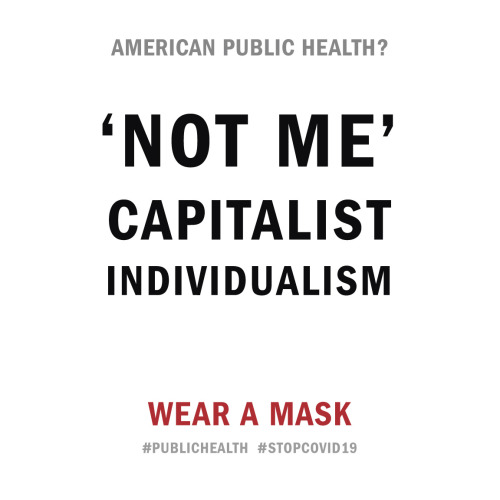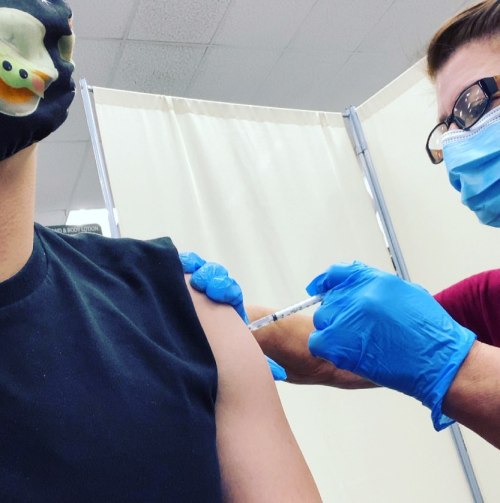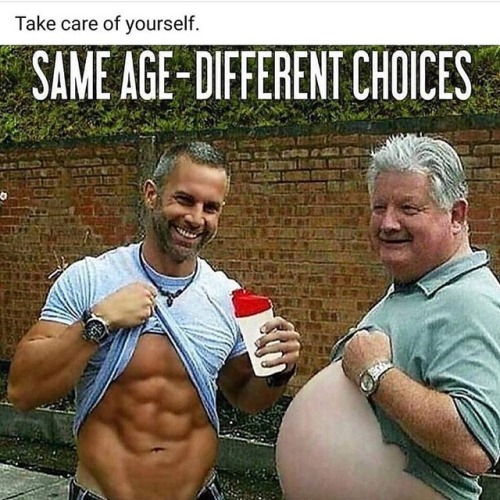#publichealth
So incredibly proud of my niece who just graduated #MAGNACUMLAUDE w/ a BS in #PublicHealth from #SDSU earlier today She inherited my dance skills as well as my passion for public health. Not surprising since we have the same family nickname. I showed my mom the #graduation pics when I got home and she commented about how my niece is now taller than me & I said she’s totally cheating - she’s wearing heels I hope my niece who is also my #goddaughter spreads her wings and explores other cities, states, or even countries. I was lucky enough to have done my public health practicum in China during grad school and wish I had been able to do more international work, but that wasn’t in the cards for me. Here’s to a bright future, but first, an awesome #summer #collegegrad #collegegraduation #family #sandiego #saturday #weekend
https://www.instagram.com/p/Cdj2tFlrZxG/?igshid=NGJjMDIxMWI=
Post link
Mask up ladies.
https://www.instagram.com/p/Cd89Q2UpSGz/?igshid=YmMyMTA2M2Y=
| #maskup | #mask | #facemask | #covid | #coronavirus | #publichealth | #covid_19 | #covidpositive | #omicron | #omicronvariant | #womensupportingwomen
https://www.instagram.com/p/Cd9CMEBO_a8/?igshid=NGJjMDIxMWI=
Post link
First vaccine jab Very lucky and happy but I’ll celebrate when we ALL get completely vaccinated ❤️ #publichealth
https://www.instagram.com/p/CMQK7TyB5lE/?igshid=tjfus4qoyq59
Post link
Public Health Rotation
The rotation that converts the masses to vegetarianism! This is a week spent in lab coats, hard hats and gumboots, visiting a range of local abattoirs (chicken, sheep, cow and pig) and learning about public health issues. The following account describes my observations in detail and doesn’t skirt around difficult and controversial issues. If you do not want to know about animal slaughter, stop reading now and find another blog that talks about happy things like puppies and kittens! However, I encourage you to educate yourselves about where your meat comes from so that you can make informed lifestyle decisions. After all, eating animals is a privilege, not a right!
On Monday we were re-introduced to the concept of ‘One Health’ (a multidisciplinary approach to health issues at the human, animal and environmental interface), revised zoonotic diseases (those transmitted naturally between humans and vertebrate animals), and learnt about food safety.
The following day we kicked off the abattoir visits with a tour of a chicken factory. The disposable onesies we were given for hygiene purposes made us look like giant white chickens ourselves. It was a dangerous situation for chicken-lookalikes to be in! Our guide was way too enthusiastic for a slaughter house and seemed to be operating under the illusion that he was instead working at a fun fair. We walked through a set of doors to reveal the most bizarre scene I think I’ve ever seen. Everywhere I looked, there were plucked chickens gliding along on tracks, hanging by their legs, at various stages of disassembly. I was half expecting circus music to start playing in the background. Despite the horror of the situation, I actually struggled not to laugh at the absurdity of it all. After showing us around the meat processing areas, our guide took us to see the slaughter. Groups of chickens were contained in crates, which were passed individually through a gas chamber. The chickens were gassed with CO2 and exited the chamber unconscious. Workers then hung them by their feet, and they moved along the line past a blade which cut their necks, causing them to bleed out. Just before their necks are cut, a muslim man standing with a hand outstretched, touched each chicken as they went by, apparently saying a prayer for them (not that it did any good). This ensures the final product is ‘halal’ certified.
On Wednesday, we all piled into the university vehicles for a long drive down south. Our first stop was a sheep abattoir. This one was quite crowded and we had to jump between moving carcasses, hop over piles of congealed blood, and dodge swinging knives. This abattoir also produces ‘halal certified’ products. The sheep were stunned with an electric stunner before having their necks cut by a muslim man. Workers are supposed to check the corneal reflex prior to cutting the neck, and re-stun if there is a blink response. In the five minutes I spent watching this process, I didn’t once observe anyone checking the corneal reflex, and I am confident that one sheep was not effectively stunned before having its neck cut. This sheep continued to kick and struggle until it eventually bled out. I found this deeply unsettling.
After a quick lunch break at the nearby farmer’s market (I can assure you there was no meat in my sandwich!), we headed to our next stop - a beef abattoir. I had already visited this abattoir in my second year of vet school, so I was prepared for the horrors ahead. Although the sheer size of the animals made it more confronting than the other abattoirs, I was generally impressed with the efficiency and welfare standards. This abattoir also produces ‘halal’ products. The cows are stunned with a non-penetrative captive bolt (NPCB) and their corneal reflexes are checked to ensure they are unconscious. A muslim man performs two cuts: the first is a religious cut across the neck and the second severs the major thoracic vessels causing faster bleeding. The corneal reflex check and second thoracic cut make this method more foolproof than that used at the sheep abattoir. I was surprised by the number of late-term foetuses I saw going around the conveyor belts with the other organs. According to the OPV (on plant vet), these foetuses die from anoxia (lack of oxygen) over about a ten minute period. This didn’t sit well with me. Apparently there is no law against slaughtering pregnant animals, but pregnant animals are not ‘fit to load’ (legally allowed to be transported) during late gestation. This, however, does not appear to be enforced. The OPV explained that the abattoir makes a lot of money from foetal products (such as foetal blood drained from the heart), so there is no incentive to prevent this practice.
It was an emotionally draining day and I decided I had earned some comfort food. I stopped at the grocery store on my way home to buy some chocolate. Just as I got there, I watched a dog run across the road and get hit by a car. I sprinted over and was the first on the scene. The dog was bleeding profusely, an eye was hanging out, and the the owner was screaming and panicking. I tried to assess the dog and take control of the situation. The dog rapidly turned white and I couldn’t feel a heart beat or pulse. It was a quick death, most likely caused by a splenic rupture and huge internal bleed. I left the owners to grieve and managed to hold the tears back until I got home. It was just a bit too much death for one day!
On Thursday, we wrapped up the grand abattoir tour with a visit to a pig abattoir. They were reluctant to show us much, which of course made us assume the worst. However, we did get to see some of the carcass processing post-slaughter. It was a different kind of weird, perhaps because their pink hairless bodies look oddly human-like. The carcasses were hung by the hind legs and moved slowly around a track through all the processing stages. They got dunked in a trough of water, causing it to slosh over the sides periodically, then set alight by a jet of flames which singed off hairs and cleaned the skin, before being disembowelled. Although we didn’t see the slaughter, the method was described to us. Small groups of pigs are gassed in a CO2 chamber which renders them unconscious. Their necks are then cut individually. Larger pigs are stunned with an electric stunner followed by a captive bolt, prior to having their necks cut. Pig products, of course, are not halal, so there were no religious slaughter methods used.
Back at uni, we conducted a quick food hygiene experiment. We inoculated a slab of meat with bacteria and made cuts with a knife to mimic the work of abattoir employees. We then dunked the knife in two different water temperatures and compared the bacterial load between them. The higher water temperature resulted in a significantly reduced bacterial load. This technique of dunking knives in hot water between cuts is utilised in abattoirs to reduce food contamination.
On the final day of the rotation, we did our group presentations on zoonotic diseases. My group was assigned Ebola virus. I found this topic fascinating and really enjoyed researching the disease. During the presentation, I stumbled on a word and got the giggles. I couldn’t stop laughing and every time I managed to gain control of myself, I would see one of my friends shaking with laughter and it would set me off again! Sorry team! After the presentations, we sat a short end-of-rotation exam, which was very reasonable. Much to our delight, we finished early and got the afternoon off!
All in all, I thought this rotation was a confronting but very necessary experience. I think welfare issues regarding slaughter need to be tackled head on. Turning a blind eye is the convenient option, but it doesn’t mean that animals aren’t suffering. Most people today are so far removed from the slaughter process that it’s easy to forget that meat comes from animals rather than the supermarket, and take their lives for granted. I strongly believe that anyone who eats meat should be made aware of the slaughtering process, and ideally witness it. If you can’t stomach the animal slaughter, you shouldn’t stomach the meat!
Have a read of my next post about religious slaughter.
Post link
Welp! #wellness #healthpromoter #publichealth #wellnesscoach #communityhealth #naturalniamedia #healthy #beerbelly #exercise #eathealthy #abs #oldermen #agewell
https://www.instagram.com/p/BqXQ_AgFG0m/?utm_source=ig_tumblr_share&igshid=1ii1gb730bjix
Post link
Welp! #wellness #healthpromoter #publichealth #wellnesscoach #communityhealth #naturalniamedia
https://www.instagram.com/p/BqXQ_AgFG0m/?utm_source=ig_tumblr_share&igshid=1q41c6mjs5sa1
Post link








